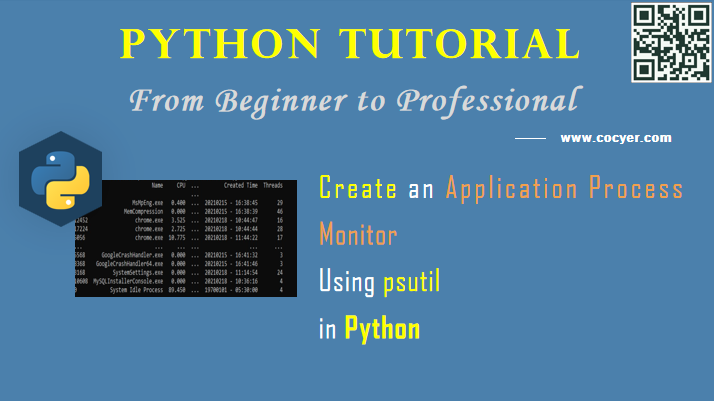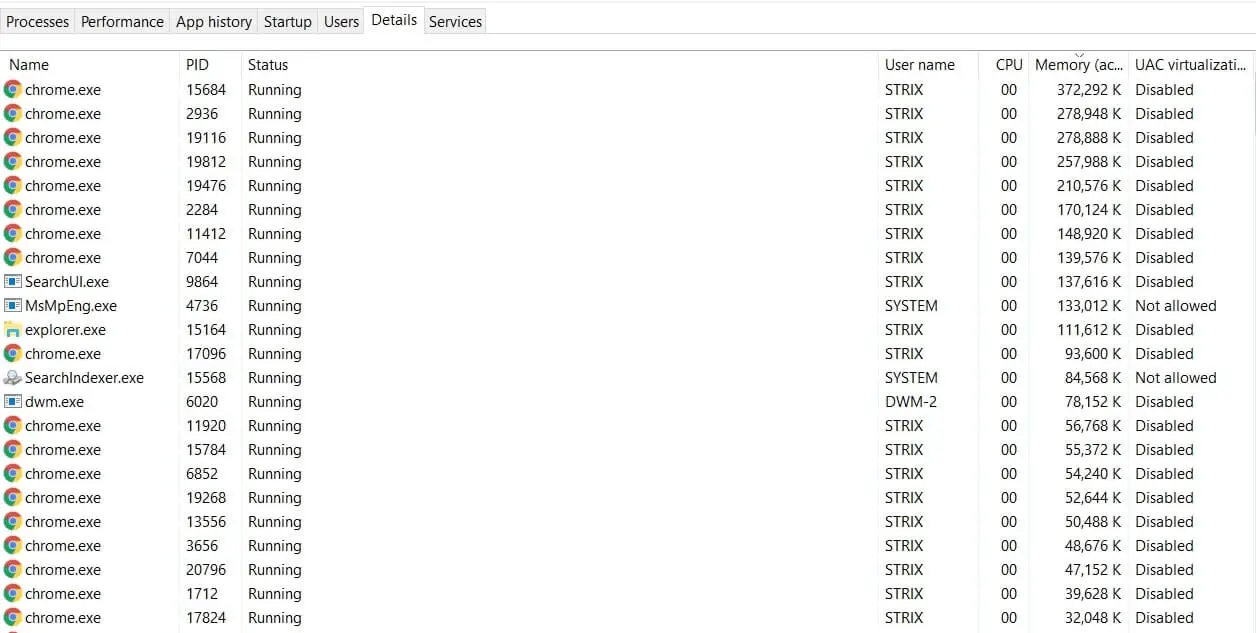
The CPU is the brain of a computer, but it operates at the nanosecond timescale. In short, the operating system is a marvelous multitasker-as it has to be. So, you may wonder how thousands of processes can appear to run at the same time.

However, central processing units (CPUs) typically only have a handful of cores, which means that they can only run a handful of instructions simultaneously. Start menus, app bars, command-line interpreters, text editors, browsers, and more-every application comprises one or more processes.Ī typical operating system will report hundreds or even thousands of running processes, which you’ll get to explore shortly. So, using a computer always involve processes. A process is the operating system’s abstraction of a running program. Whenever you use a computer, you’ll always be interacting with programs. Remove ads Processes and the Operating System Specifically, you’ll cover communication with processes, pipes and error handling.
PYTHON PROCESS MONITOR WINDOWS
After that, you’ll start exploring the shell and learn how you can leverage Python’s subprocess with Windows and UNIX-based shells and systems. In this tutorial, you’ll get a high-level mental model for understanding processes, subprocesses, and Python before getting stuck into the subprocess module and experimenting with an example.



 0 kommentar(er)
0 kommentar(er)
